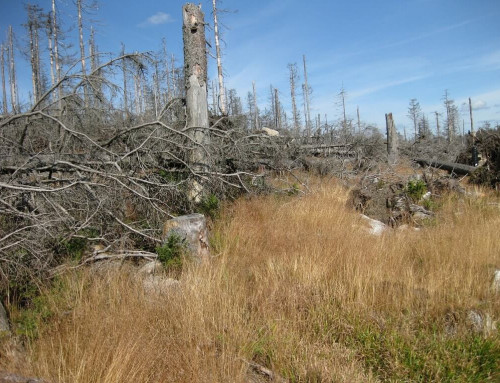
A map showing the location of the world’s major deserts. Image credit English-Online.net
ZIMSEC O Level Geography Notes: Location of Hot Deserts.
- The largest arid and semi-arid deserts occur between latitudes 15° and 30° North and South of the equator.
- Most of these deserts are located on the western sides of the continental masses on which they lie.
- They occur within the Trade wind belt where the winds are off-shore.
- Off-shore winds are those winds that blow from the shore towards the ocean.
- These winds (Trade winds) tend to be dry after loosing their moisture as they journey across the eastern side of contents.
- Although west coasts have on-shore winds (winds from the ocean towards the land) blowing towards them, they rarely bring rain.
- This is because the onshore winds meet with cold currents that blow parallel to coast lines (e.g. the Cold Benguela current in the case of the Kalahari and the Cold Angola current in the case of the Namib desert) this causes the moisture within the on-shore winds to condense and form mist, fog and light rain before the winds reach the coast.
- Most of the winds that blow across deserts are land winds which are dry/contain little moisture and therefore do not result in any form of precipitation.
- Some deserts as the Arizona desert are far from oceans, moisture from oceans is exhausted in the form of rainfall in other areas before it reaches these deserts since they are further in the interior.
- Some deserts such as the Gobi Desert, are located in rain shadow areas because they are in depressions or basins.
- Since they are on the leeward side of mountains where warm dry air is sinking they tend to receive little to no rainfall.
- In addition to this the relative humidity of the air mass falls resulting in high evapotranspiration rates thus exacerbating the aridity of deserts while increasing their temperature.
- The Kalahari and Sahara deserts are also located on the rain shadow side of major mountains.
- In Zimbabwe areas like Save valley and major parts of Matabeleland are hot and receive very little rainfall, droughts are frequent and may eventually become deserts.
- Some deserts are located in the sub-tropical high pressure zone 30° North and South of the equator which means winds tend to blow from these areas and dry warm air is sinking creating permanent High pressure belts.
- In some areas as the Patagonian Desert cool off-shore currents prevent local on-shore winds from bringing in rain.
- Most Hot Deserts are increasing in area in a process called desertification.
- Human action sometimes contribute to desertification so in some ways deserts are a man made feature.
- Climate change has also resulted in changes in local rainfall patterns with increased incidence of droughts in places like Somalia where rainfall might not fall for years on end.
- This topic will be looked at separately later.
To access more topics go to the Geography Notes page.



